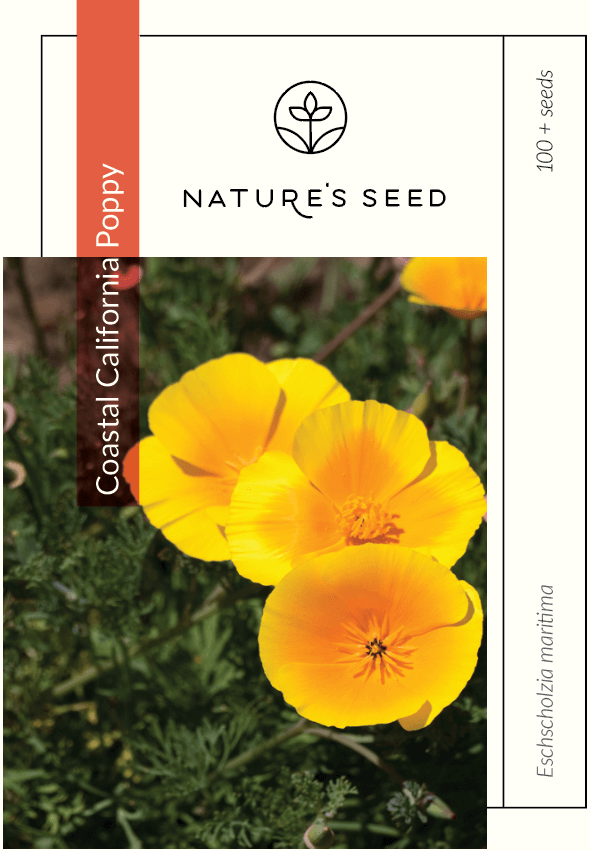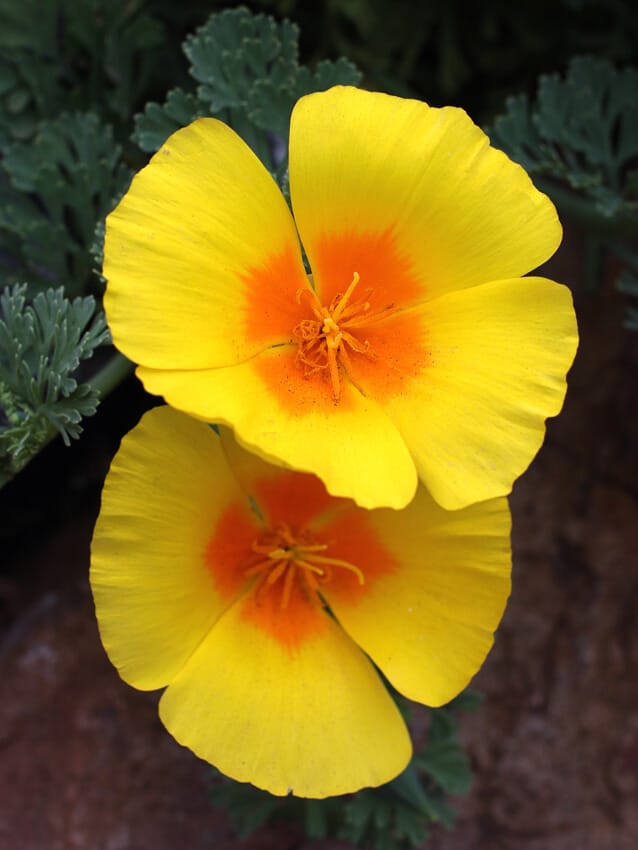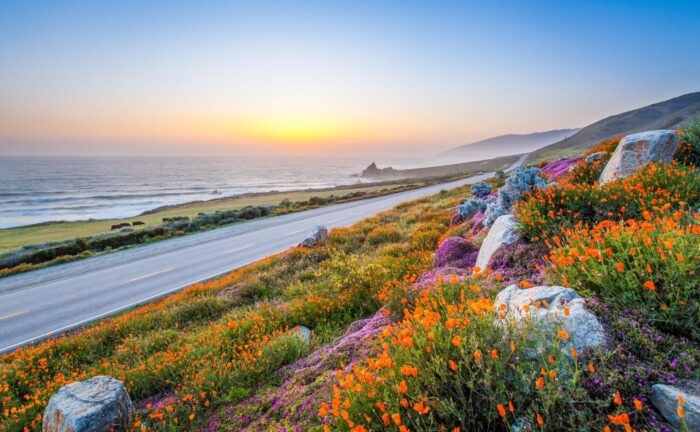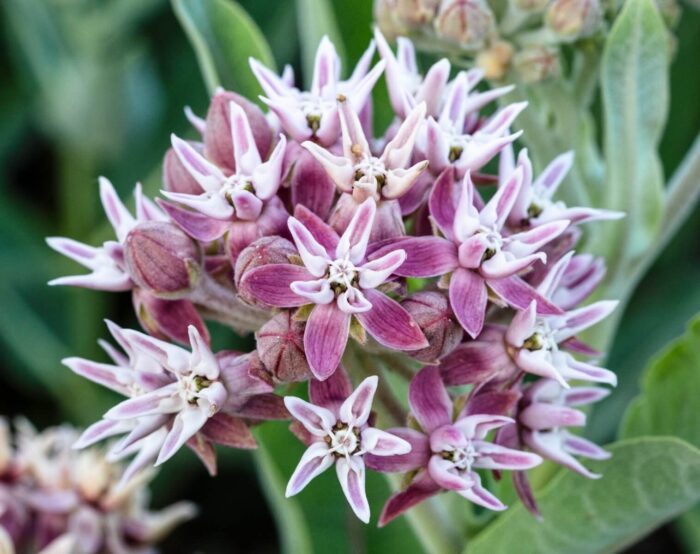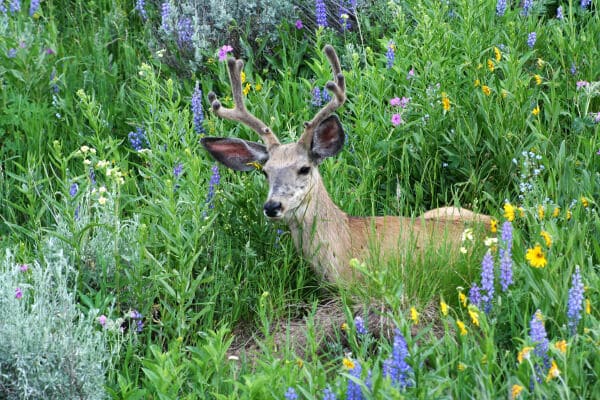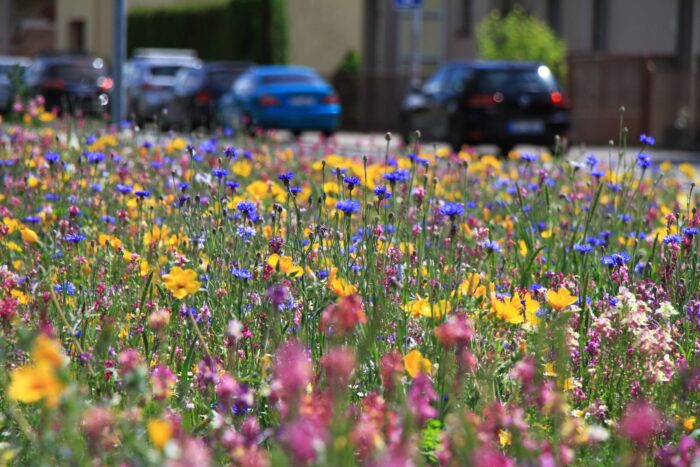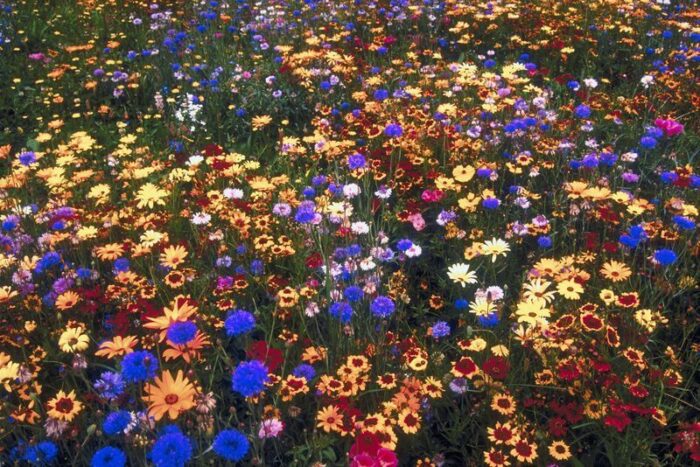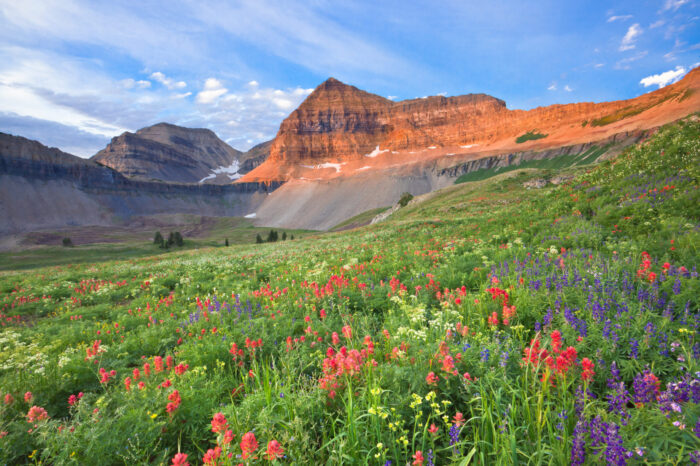Wildflower Seed
Learn
Wildflowers
Wildflower Seeds
It’s easy to see how wildflowers can add beauty to any property, but collectively, wildflowers are also crucial to the environment. These bright flowers are easy to care for while introducing more biodiversity to your yard.
Whether you’ve already bought your Nature’s Seed wildflower seeds or are browsing through the expansive variety available, you should know a few things first about these popular garden flowers.
|
Lifecycle and growth |
Annual, perennial, and biennial |
|
Wildlife Support |
Attract pollinators, butterflies, hummingbirds, beneficial insects, bees, etc. |
|
Regions |
Country-wide growth and presence in any landscape |
|
Colors and Textures |
Green, pink, blue, yellow, and many other colorful variations |
|
Compatibility |
Grows well on its own but can be mixed with short-growing bunch grasses |
Pro's of Planting Wildflower Seeds
Wildflowers are easy to maintain.
Wildflowers are natural pollinators.
Wildflowers are a great food source.
Wildflowers offer medicinal and herbal benefits.
Wildflowers are good for the environment.
Choose
The Right Wildflower Seed Mix for You
Starting your wildflower journey is simple, and it all begins with selecting the right wildflower seed or mix that meets your needs.
Annuals, Biennials, or Perennials
Wildflowers come in different sizes, shapes, and growth cycles. You can choose between wildflowers that live for one growing season (annuals), wildflowers that live for two growing seasons (biennials), and wildflowers that live for many growing seasons (perennials).
Whichever seed you choose to plant depends on your needs and the state of your garden. If you aim to maintain a beautiful garden year-round, you should choose perennial wildflowers. Otherwise, biennial and annual wildflowers make for a great pop of color during their yearly bloom. Or better yet, you can combine annual and perennial species to take advantage of the strengths of both.
Consider Your Region
Your region is one of the most important factors when choosing a wildflower seed mix for your garden.
The seed should be able to handle your average high and low air temperatures, soil conditions, elevation, and moisture levels. Native status is important to consider but keep in mind there are many introduced species that are well-behaved and beneficial to your wildflower garden.
Our wildflower mixes are geared to grow successfully in different regions and planting zones safely, so choosing the perfect seeds for your garden takes no time at all.
Think About Important Features
Depending on your needs and wants, you might be looking for different qualities in your wildflower garden. Luckily, wildflowers are versatile in function and can spruce up your garden no matter which species you choose.
When planting wildflower seeds from Nature's Seed, you can choose between mixes or individual species packets. You can also filter for your specific region – or pick a deer-resistant wildflower mix if you can’t shake deer from around your property. And for those who live in dry areas or have poor soil conditions, we have seeds that can grow and blossom just about anywhere.
Decide on Your Planting Season
Wildflowers have three planting seasons: Early spring, late summer/early fall, and winter
Planting wildflower seeds in the early spring season works well for many species, especially annuals. Keep in mind that many perennials won’t bloom until the second season.
Late summer or early fall is probably the best time and mimics the way wildflower seeds are started in nature. Many of the annuals will become established, overwinter, and bloom in the spring. Perennials that need to be stratified (exposed to a period of cold, wet weather) will sit in the soil over winter and emerge in the early spring.
Finally, winter can be a good time especially if soil prep is not possible. The seeds will sit in the soil over winter and use the freezing and thawing cycle to work themselves into the soil. Come spring, they’ll use the melting snow and rain to germinate.
Wildflower Garden Location Matters
Different wildflower seeds have different light requirements, so before choosing the right mix, consider the placement of your garden.
Most wildflowers prefer full-sun, which is at least eight hours of direct sunlight a day. Many can tolerate part-sun, which is around five or six hours of sunlight a day. Some can handle moderately shady areas that get at least some dappled sunlight each day. But very few can handle heavy shade.
Find
Find the Right Wildflower Seed for Your Region
We consider all regional factors when creating a new wildflower mix:
Environmental elements
Including soil conditions, sun and shade tolerance, and heat tolerance
Bloom time
Flowering time includes genetic components
Water Requirements
This includes the rate at which water is evaporated and transpired through plants
For Any Region:
Choose a Quickly Blooming Wildflower Mix
This beautiful Annual Wildflower Mix is perfect for any region. It will bloom into bright blues, purples, reds, yellows, whites, and oranges.
As your seeds start to flower, you’ll see a mix of Scarlet Flax, Firewheel, Garden Cosmos, Drummond Phlox, and many other wildflowers.
Perfect for open fields, cabins, flower gardens, window boxes, and more. This mix pairs well with short growing bunch grasses such as sheep fescue. It thrives best in areas with full sun and regular moisture.
Palouse Region:
Pop of Color In Your Lawn
For those in the Northwestern United States, the Northwest Wildflower Mix is perfect for beautiful fields and hillsides, creating a mesmerizing mix of blues, purples, reds, yellows, whites, and oranges.
Plant this mix and watch a variety of wildflowers spring to life, such as the White Evening Primrose, Scarlet Flax, Tidy Tips, Pinkladies, and others.
You can mix these wildflowers with sheep fescue grasses in a landscape or flower garden. Keep in mind that, with these varieties, you want to make sure they have full sun and plenty of water for optimal growth.
Rocky Mountain Region:
High Elevation Wildflower Garden
A gorgeous addition to any Rocky Mountain property, the Rocky Mountain Wildflower Mix creates a beautiful mix of blues, purples, reds, yellows, whites, and oranges.
Watch as Coneflowers, Lupine wildflowers, and Shirley Poppies grow in open fields, window boxes, and flower gardens. Ensure these flowers get full sun and plenty of frequent watering.
Southwest Region:
Perfect Wildflowers for Low Elevation
The Sonoran Desert Wildflower Mix will match the perfect desert colors with complementary yellows, purples, reds, oranges, pinks, and whites.
Looking out at your windowsill or garden is a joy as you watch these colorful wildflowers grow. The mix contains Tidy Tips, Blanket Flowers, Desert Marigolds, and many more that will thrive in the full sun.
The 5 Most Popular Wildflower Seeds from Nature's Seed
Wildflowers provide beauty wherever you plant them. With several varieties, you have an endless array of choices for which wildflower mixes to plant.
Planting
Planting Your Wildflower Seeds
Use the Best Seeding Method
You can plant wildflowers by hand, but it’s sometimes easier to use other methods and equipment if you plan on covering a large area, such as the broadcast method, hydro-seeding, or specialized seed drills and rollers. These techniques will help you evenly disperse the wildflower seed mix, so you don’t get a garden full of patches. Before planting, experts suggest mixing wildflower seeds with some type of organic or mineral carrier, such as sand, at a 3:1 ratio. The mix will make it easier to cover your entire area and distribute the seed evenly to have fewer accidental bare spots during the blooming season.Use the Correct Planting Depth
You should plant wildflower seed at a maximum of one-eighth inch (1/8″). This can be accomplished by raking the area very lightly after planting, or by “pressing” the seed into the soil by stepping on it or rolling it in. It may seem shallow, but this depth should be secure enough so that the seeds don’t come up if there’s heavy rainfall or wind. Always be sure to read the complete planting instructions on your wildflower mix. Every variety is different, and you want to avoid planting too shallow or deep and accidentally prevent it from germinating.Look Into Mulches for Optimal Germination
Mulch may seem optional, but it’s highly recommended for germinating healthy seeds: Mulch helps retain moisture and helps prevent soil erosion from wind or water.
This step is especially relevant if your garden is on a slope because erosion from wind or rain can ruin the fertile topsoil of your garden and move your wildflower seeds, which will create an uneven area.
Consider Supplemental Water Irrigation
Depending on the seed or mixes you use, wildflowers will germinate between 1 to 8 weeks after being planted. Some species won’t germinate until after a period of stratification (cold, wet conditions). Stratification can be accomplished naturally as the seeds sit in the soil over winter. There are also artificial stratification methods using refrigeration. If you live in a dry area with little rainfall, you might need to add water regularly to ensure germination. For best results the seeds and soil should remain constantly moist, but not soaked, during the entire germination period. If you have planted perennial wildflowers, you will notice a significant difference between the first and second blooming years. Perennials take some time to establish and will look much better in the second year. Take time to water each of these flowers regularly or let rainfall do its job all season long.Care
Caring for Your Wildflower Seed
Once annual, perennial, or biennial wildflowers germinate it can take an additional six weeks for them to flower. When they do blossom, it’s time to think about what you’ll have to do to ensure they stay healthy and can come back every year.
Weeds are persistent – so even if you pick them before seeding, the chances are that they’ll come back again, especially if you don’t practice proper weed control. If you have a small garden, try to pull or dig weeds by hand or use herbicides, horticultural vinegar, or salt solutions to help you out for larger areas.
